An Easy Guide to Marketing Glossary You Must Know
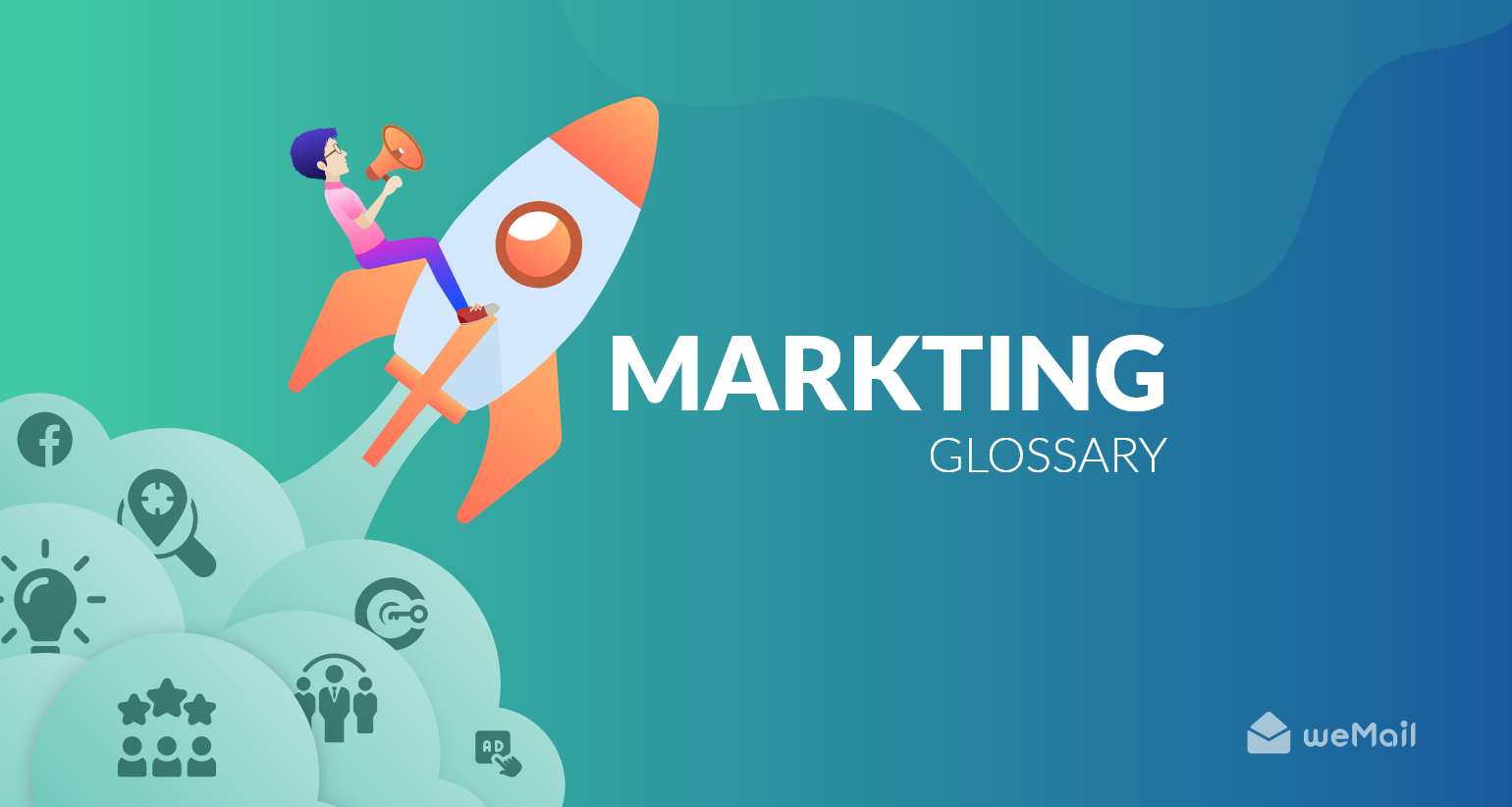
Marketing is an everlasting way to drive sales and revenue. But it needs continuous efforts to rise above your competitors. To make successful business plans, you need to learn all the basics in the first place. Marketing glossary is one of those basics.
That’s why we’ll try to share the most useful terms or jargon that every marketer should know before executing their marketing campaign.
Therefore, in this blog, you will find the precise definitions of those most essential digital marketing terms and components. You can also use it as a reliable marketing dictionary too.
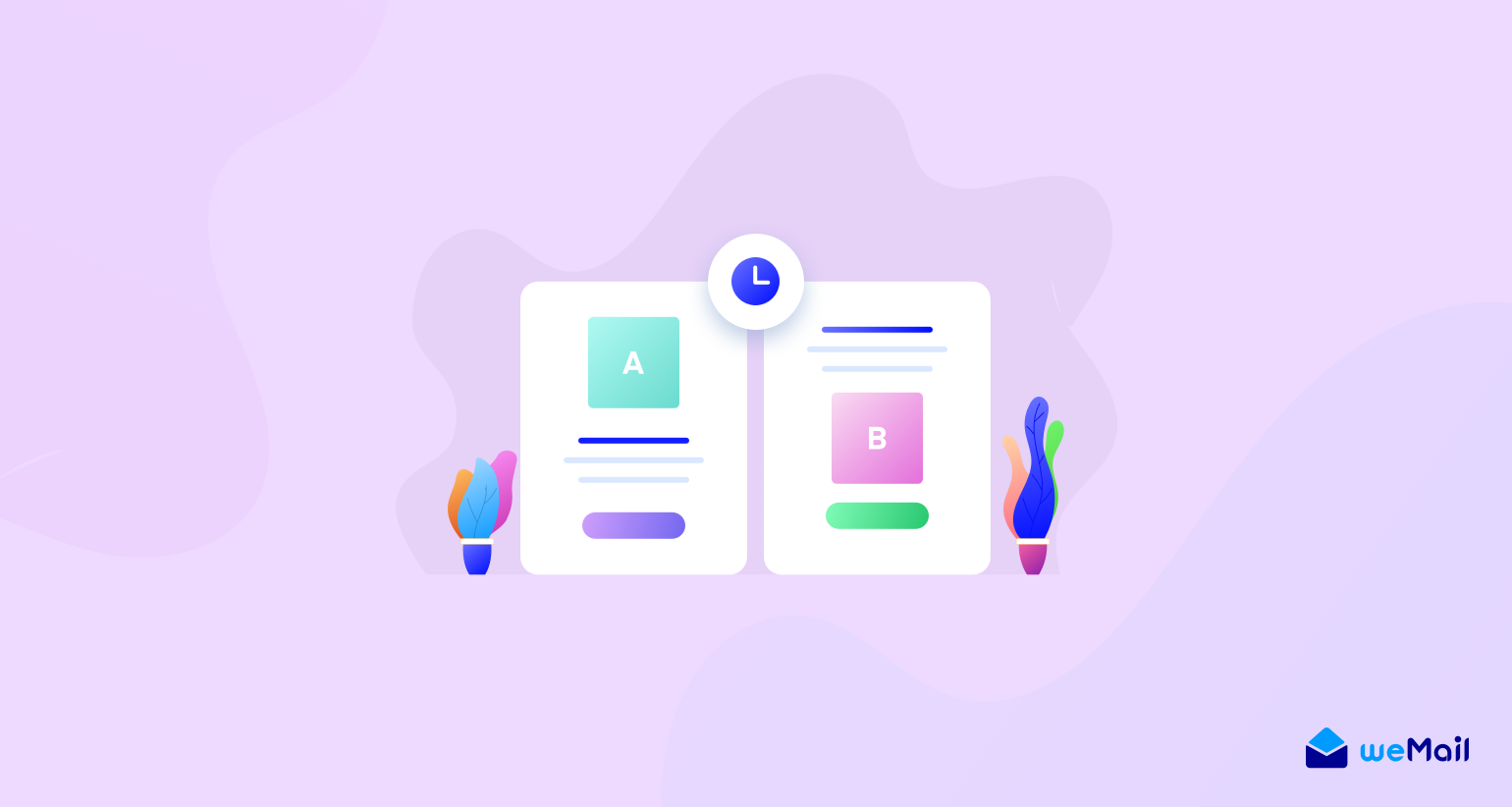
Marketing Glossary Terms A to Z You Should Know
In this segment, you will find all the necessary terms of marketing. By carefully covering these glossaries, you can easily apply them to your future marketing campaign.
Let’s get started:
A | B | C | D | E | I | K | L | M | N | P | Q | R | S | T | U | V | W | Y
A
1. A/B Testing
A/B testing is a term that can help to measure the results from two different marketing campaigns. It also provides an analytical report so that you can understand your current and future marketing policy. By doing A/B testing you get some following benefits.
- Generate more traffic
- Understand the current business condition
- Find the possible improvement
- Help to analyze customers
- Reduce bounce rate
2. Analytics
While doing proper marketing you need to analyses your entire data such as web traffic, conversation, social media, and more so that it helps in your better marketing plan. All of these activities and their results combined the terms analytics.
3. Annual Recurring Revenue
Annual Recurring Revenue (ARR) refers to the annual revenue that a subscription-based company expects from its customers in a year.
B
4. Blogging
Blogging is a proven way to provide personal and business ideas to online users by writing blog posts or articles. In fact, it also helps you to generate more valuable customers and increase conversion rates. To write a blog post, you need to follow some blog writing checklists step by step.
5. Bounce Rate
If you have a website then you must familiar with these terms. Bounce rate refers to the percentage of people who have visited your website and leave constantly without clicking or navigating to another page.
A high bounce is always bad for your website because it reduces your visitor as well as conversion rate. To reduce bounce rate you may follow these strategies.
6. Buyer Persona
Knowing your target audience is one of the most important terms in the marketing glossary. That’s why marketers are targeting real-life customer data and trying to use it for their marketing system.
Most importantly, different clients are treating differently. Therefore, it is very necessary to understand the personal interest of your buyer. Take a look at this amazing blog that focuses especially on the buyer persona.
7. Brand
It is a name, design, and symbol that indicates the products and services of the business. Also, a brand name is always different from one brand to another and it represents a seller or business.
8. Business-to-Business (B2B)
When a business sells products to other businesses, it is called the Business-to-Business (B2B) model. In other words, Business-to-Business refers to a venture where the business is done mainly between companies, not specifically to customers or consumers.
9. Business-to-Consumer (B2C)
This type of business organization sells its own product and services directly to its customers or consumers. You can imagine this kind of business is the alternative of Business-to-Business (B2B).
C
10. Click-Through Rate (CTR)
It refers to the number of people who actually move one part to another part of your website or marketing campaign by clicking.
11. Content
The information you put in your website is called the content. Content can be article, infographic, image, video, and more.
12. Content Management System (CMS)
Some platforms, like Wix and Squarespace, also function as website builders – and newer AI website builders can now design and customize entire sites automatically, making the process even faster and easier.
13. Conversion Rate
It is the rate that marketers use to measure their campaign success stories such as signup the newsletter, buy the product, subscribes, etc.
14. Customer Relationship Management (CRM)

CRM is a powerful software that many companies use to automate their customer data. For doing a successful business promotion you need to implement CRM software in your business.
15. Cost Per Click (CPC)
Cost Per Click (CPC) is a paid advertising term or process whare a marketer pays a minimum cost to the publisher for each click. It also shows how much money you will pay per click of your ads and how many clicks you receive from your ads.
D
16. Demographics
Nowadays, marketers focus on the customer’s demographics such as age, race, location, language, and gender so that they can easily make a good relationship with them. Demographics also help to create dynamic email content for email marketing.
17. Digital Marketing
It is a modern online marketing system that entrepreneurs use to drive more customers through content marketing, social media marketing, and email marketing.
18. Direct Mail
It is an advertising communication that marketers apply to reach their users by direct mail API. To do this, they use the demographic information of their customers.
19. Direct Marketing
Direct marketing is a marketing communication system that directly deals with target customers without using third or middle parties.
E
20. Ebook
An electronic book is also known as eBook is a digital book publication that consists of text, images, video, or altogether which are read on electronic devices such as computers, smartphones, etc. Ebook is a piece of long content that marketers use to generate leads.
21. E-Commerce
It is a digital shopping mall where customers buy their desired products through the internet. It’s a very proven and most popular platform that entrepreneurs use for doing business-to-business (B2B) as well as business-to-consumer (B2C).
23. Email

Email or email marketing is an evergreen marketing system that most of the business organization use in their business promotion. While running a marketing system you should learn some email tips and tricks so that you can better results.
24. Engagement Rate
It is the number of people who take some action through your ads campaign. To improve your engagement rate you may follow some tips.
I
25. Inbound Marketing
Inbound marketing is another terms that marketer apply in their business through content marketing, social media marketing, video, SEO, eBook, and more.
26. Infographic
Infographics are mainly used on the website or a blog post to share the ideas using images and graphics instead of writing text. It also helps to understand the information quickly and clearly.
K
27. Keyword
The keyword is the main part of a blog’s topic. It is used to get indexed in search engines like Google, Bing Yahoo, etc. For doing proper keyword research, you may apply these powerful tools.
28. Key Performance Indicator (KPI)
It’s a system of measuring company’s employer personal activity success. There are five types key performance indicator (KPI) you can find these in the below list.
- Revenue Per Client (RPC)
- Average Class Attendance (ACA)
- Client Retention Rate (CRR)
- Profit Margin (PM)
- Average Daily Attendance (ADA)
L
29. Landing Page
It is the front page of a website. In other words, the landing page is the main or homepage of your website. Generally, this page contains the most important information about your business or products.
30. Lead Generation
The activities that generate awareness about your product and business is called lead generation. While doing this process, most the of business organization use content marketing as well as apply many modern marketing systems.
31. Lead Nurturing
It is another marketing technique to build a relationship with customers and generate leads.
32. Loss Aversion
Loss aversion refers to the psychological idea of losing money while doing business.
M
33. Marketing Automation

Marketing automation is a way of digitizing the marketing system. By using some advanced and powerful automation tools you can easily develop your business management system as well as boost sales.
34. Market Research
Business owners recruit their best employees to research and developing markets. Here the four types of market research techniques.
- Surveys
- Interviews
- Focus groups
- Customer observation
35. Market-Based Pricing
After researching the market, you can easily set market-based product prices for your users.
36. Market Development
The activity of taking existent or new products to the market is called market development. To do this works it follows four strategies.
- Product
- Price
- Place
- Promotion
37. Monthly Recurring Revenue
It refers to the amount of income form each month their selling products and service.
N
38. New Product Development
New product development is a process or action that takes to bring a new product in the marketplace. To create a new product development, it needs proper research, development, testing, and launching.
Let’s find thee five phases of NPD.
- Idea generation
- Research and development
- Testing
- Analysis
- Rollout
P
39. Personal Development Plan
Many companies are taking many steps to develop the business. One of them is a personal development plan and this plan is basically designed for the personal development of individual employees.
40. Portfolio
A portfolio is a list of personal and business works or projects that companies or individuals use to showcase to their users. On many business websites, you can find a portfolio page.
Q
41. Qualified Lead
Every customers not able buy your product so you have to focus on the quality leads. Quality leads refers those leads that helps to generate sales.
R
42. Research and Development
It is a term that is used for research and development of a new commercial product. There are several different types of research and development in business. Here is the list below.
- Quantitative
- Qualitative
- Mixed
- Descriptive
- Longitudinal
- Cross-section
- Research for Action
43. Responsive Design
Responsive design is the design of any website that can be easily adapted to any different device. So, it is important to have a responsive website. If the structure of your website is suitable for every user, it will be very beneficial for your business.
44. Return on Investment (ROI)
ROI is a system to measure the profits of the money you invested in the market. To calculate the return on investment, the profitable money (return money) is divided by the cost of the investment. And it is always calculated annually.
S
45. Sales Funnel
A sales funnel is a step-by-step guide that takes your valued customers to the next stage of your service or product so they can buy it. In short, the entire sales process is outlined in the sales funnel.
Here the five stage of a sales funnel.
- Lead
- Prospect
- Qualified
- Committed
- Transacted
46. Search Engine Optimization (SEO)

Search Engine Optimization (SEO) is one of the major facts in this current digital marketing. It helps the users to find out the online content when they search for it on the search engine.
There are two types of SEO on-page and the other one is the off-page SEO. By doing proper SEO, digital marketers use many SEO strategies for generating more users and sales for their business.
47. Social Media
Social media like Facebook, Twitter, Instagram, Linkedin are the platform that people use to connect with their friends and family. So the marketers use the same stage to grab new customers and generate sales.
48. S.W.O.T. Analysis
It is an analytical process that many business organizations apply to understand their organization’s strengths, weaknesses, opportunities, and threats.
T
49. Top of the Funnel
It is the early or beginning stage of a business marketing process. Besides, it also refers to the first process where a customer thinks to buy a product.
To improve your top of the funnel try these tips.
- Search your own customer data
- Use social data to increase goals
- Customize your sales reach
- Reach your buyers through test channels
U
50. Unique Selling Proposition
The Unique Selling Proposition refers to special features that highlight the benefits of the product to make it meaningful to consumers. It is a proven way of separating a product from its competitor creating a proposal such as reducing price, offering something, etc.
51. User Experience (UX)
The user experience means that experience when a user gets while using your website or business products. It also focuses on a user’s deep understanding like what they need, what they value, their limitations, and their abilities. Marketers always try to use the user experience for running an error-free marketing promotion.
V
52. Value Statement
The Value Statement defines how an organization values its customers, suppliers, as well as its entire internal community. In addition, it also states how the people of an institution will behave towards each other. Most importantly, it mainly deals with the highest priorities of the company and how it can convert marketing and sales.
Here the five cornerstones of the value statement.
- Integrity
- Accountability
- Diligence
- Perseverance
- Discipline
W
53. Website
A website is a set of webpages that include many pages like home, about, service, contact, etc. Generally, a website fills with personal and business information and located on the same server and manages the website data using CMS software.
54. Workflow
The workflow is a collection of data, tasks, and rules that are used to achieve certain business results. In addition, it also applies to nurture the lead campaign. Generally, workflow works in three steps or parameter.
- Input
- Transformation
- Output
Y
55. YouTube
YouTube is the world’s largest video sharing web platform that users use to upload video, share, and view videos. Besides, it also uses for marketing purposes. Most of the business organizations use this platform for promoting their products as well as business ideas.
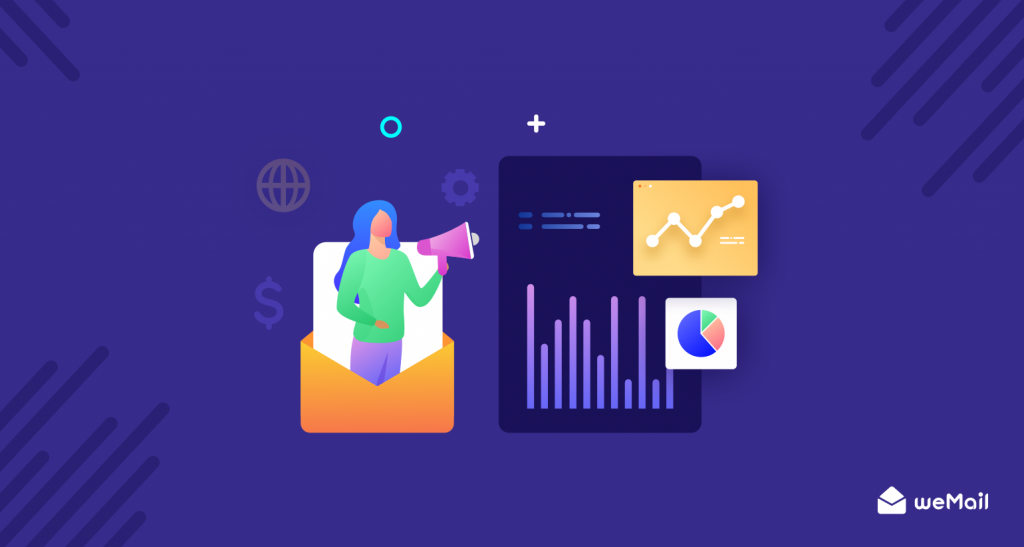
Final Thoughts on Marketing Glossary
We believe this blog will be a useful one to help you understand the common marketing glossaries. However, we don’t mean to end this blog right here. We should be updating it time to time with the newest or some more terms we may have missed this time.
Also, you can suggest us to add some unique components that would be helpful for everyone. Furthermore, you can ask about anything regarding marketing glossary in the comments section.
We are all ears. Cheers!
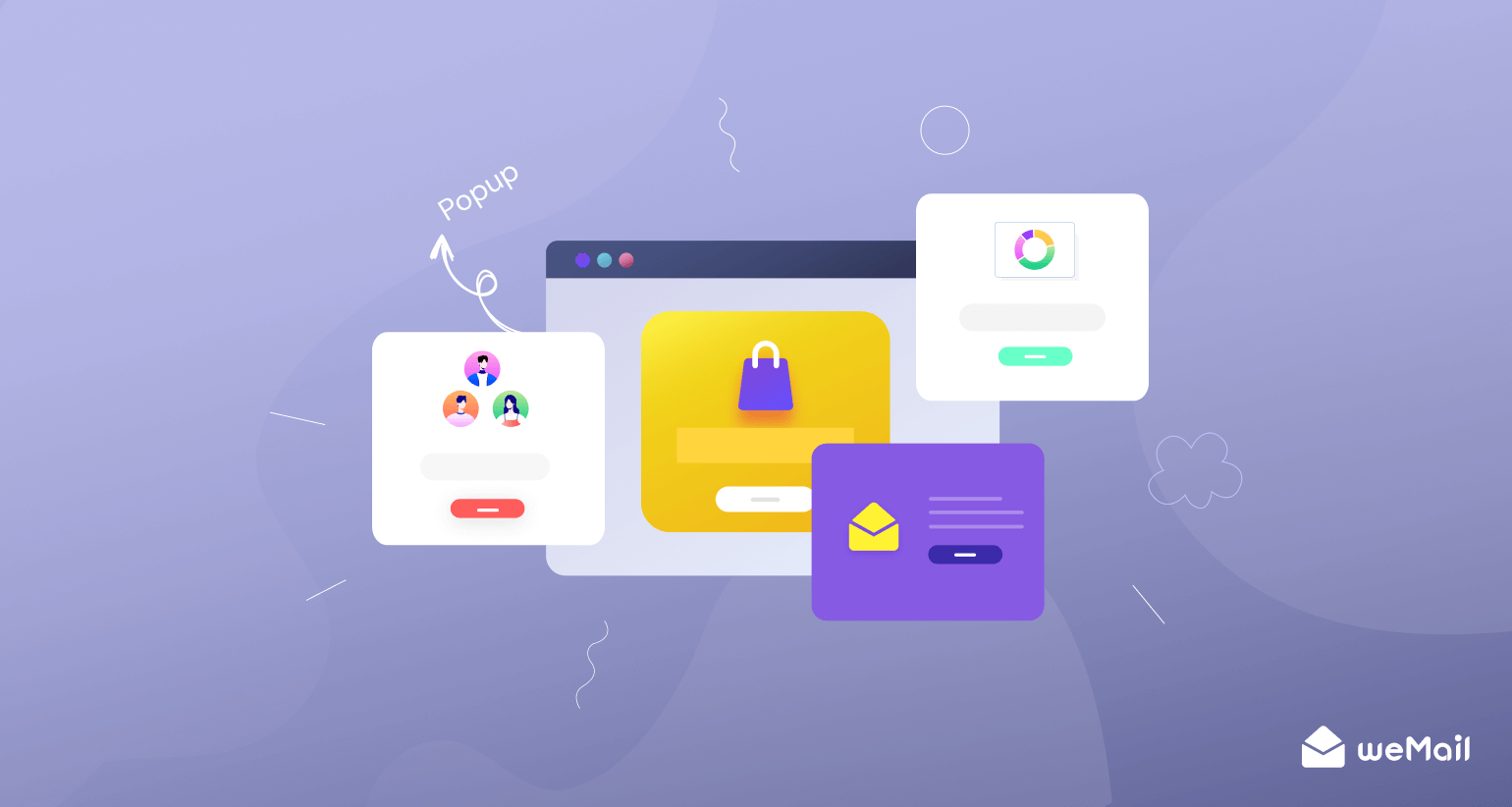

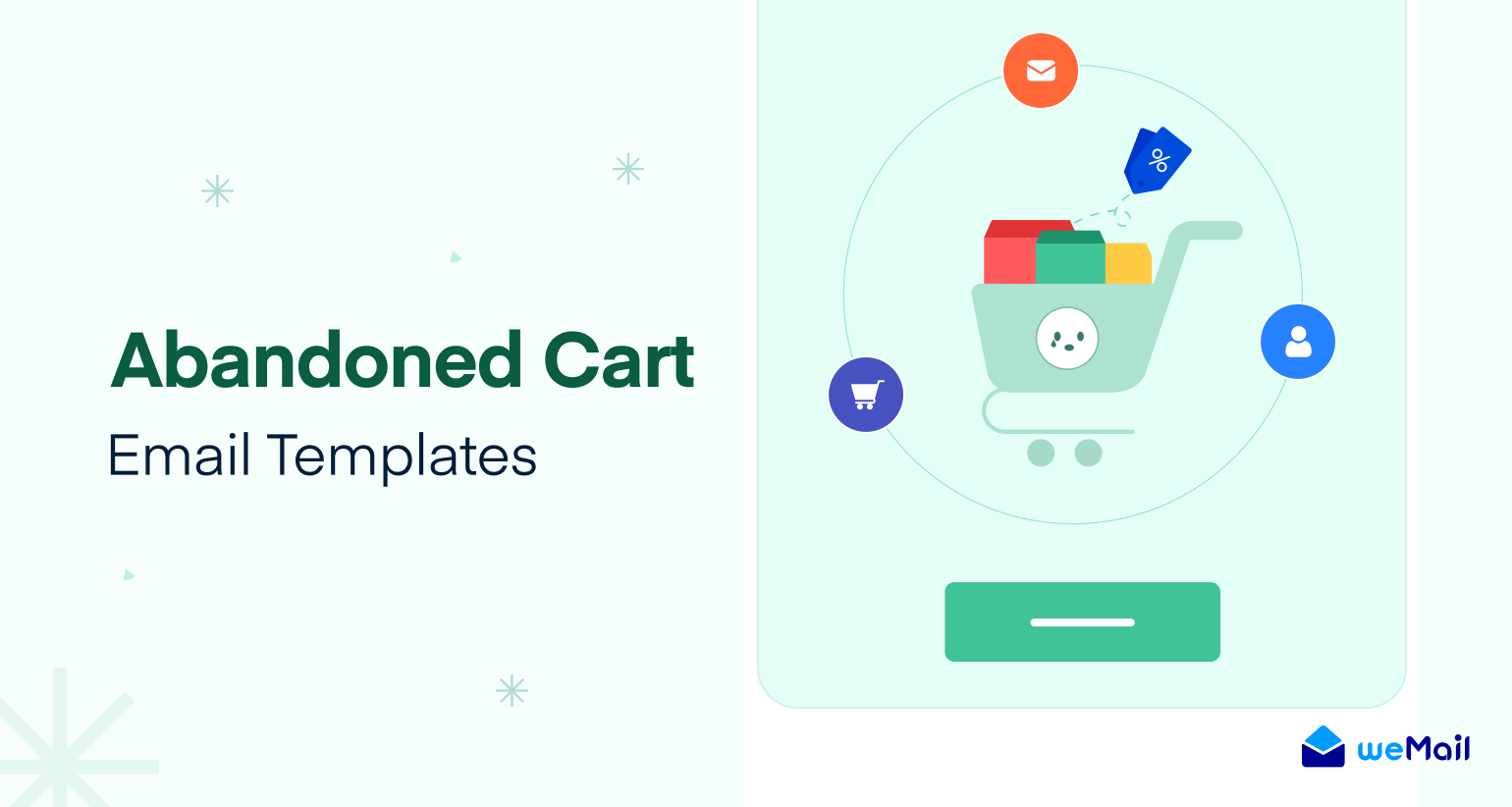

1Comments
Pingback: How to Prepare Your Holiday Marketing Plan